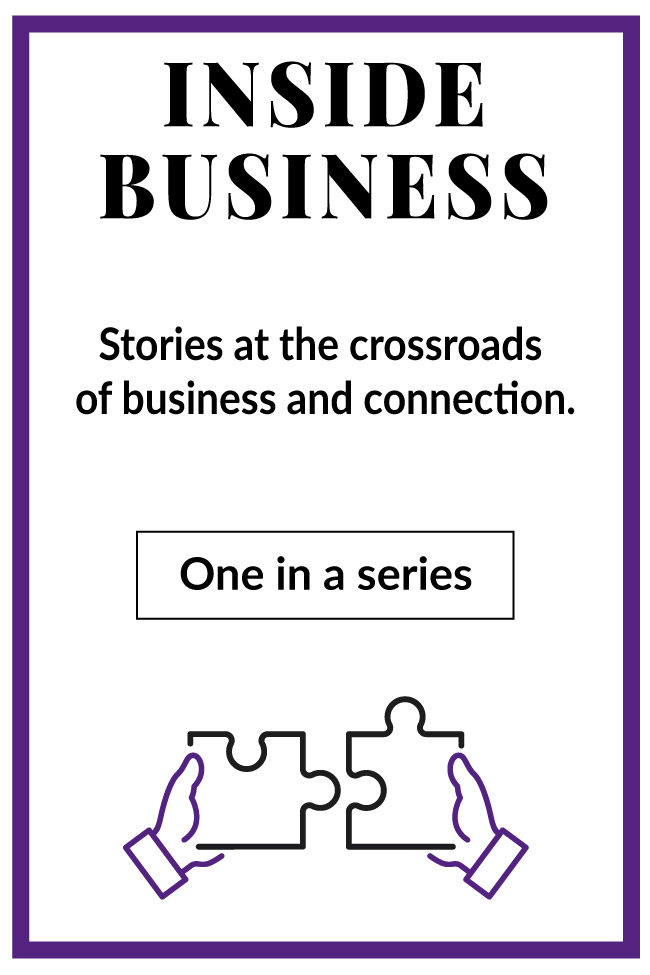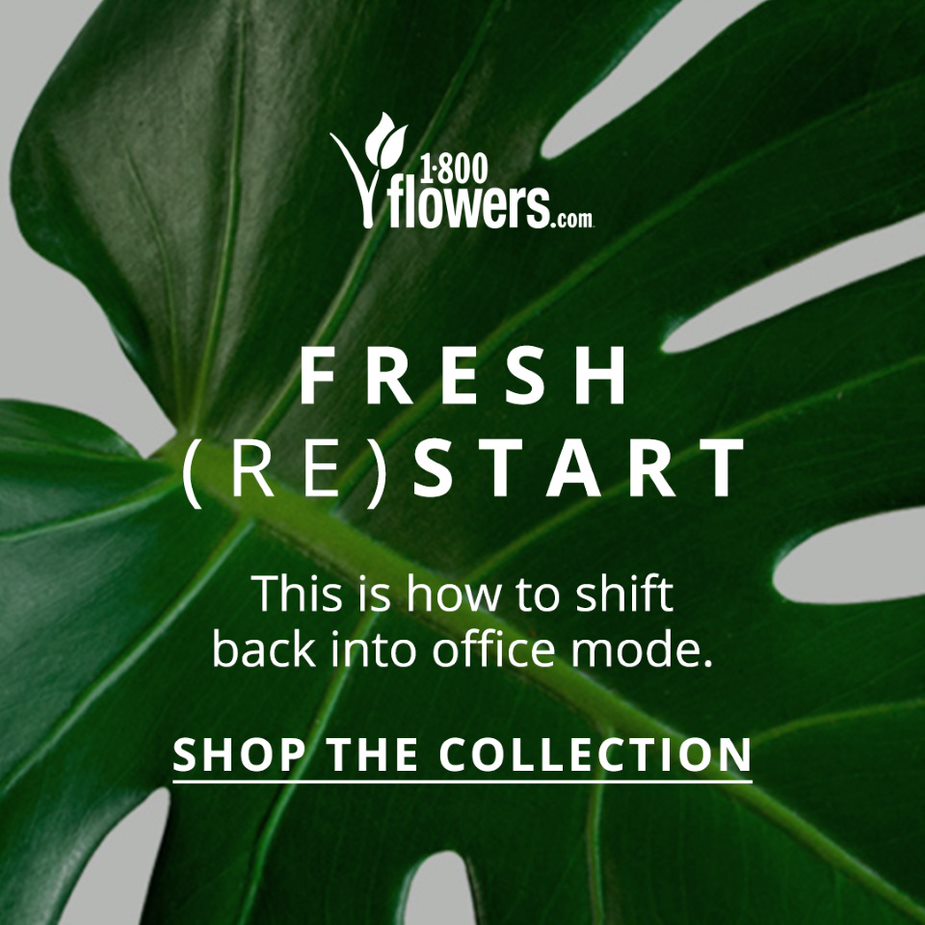You’ve just been asked to deliver a wedding toast. Suddenly, you feel more jittery than the bride and groom. How will you pull this speech off?
That’s what rushed through the mind of Kris Dabrowski of Calgary, Alberta, Canada, when a friend invited him to not only give a wedding toast but be master of ceremonies.
Feeling like your toast absolutely has to be funny only adds to the tension and nervousness, so if you’re not a naturally funny person, don’t use it.
Arden Clise
President of Clise Etiquette
Author of Spinach in Your Boss’s Teeth: Essential Etiquette for Professional Success

“From the time I was asked to the time I started emceeing, I was nervous,” Dabrowski says. “But by preparing in advance, I found that once I was actually doing it, every minute started getting better and more comfortable.”
Giving a wedding toast is similar to being an emcee in that it involves public speaking — though without the stress of stage managing the entire show. So what is it about speaking at weddings in particular that gets people so worked up?
“Besides the public speaking aspect, weddings are such a special moment in time, and nowadays there’s a good chance your toast will be captured and shared on social media, which takes the pressure and anxiety level even higher,” says Margaret Page, president-elect of Toastmasters International.
But here’s some encouraging news: As long as the toast request wasn’t made two minutes before the event, you can write a killer speech and deliver it like a pro. Just follow these simple guidelines, a template, and rules of etiquette.
Let’s get to work
The key thing to keep in mind before you even start writing your speech is that the bride and groom are the heroes of this story, not you. “Anything you can do to elevate them, present them in a different light, or help people get to know them a little bit better should be the focus of the toast,” says Arden Clise, president of Clise Etiquette and author of Spinach in Your Boss’s Teeth: Essential Etiquette for Professional Success.
Start with a strong opening statement, such as your connection to the couple. Then think short and sweet — no more than three points to cover and no more than three minutes to deliver. Otherwise, you’ll lose your audience, even the guests of honor.
As you brainstorm, here are some questions to ask yourself:
- What does the person (or persons) you’re toasting mean to you?
- Are there some treasured moments you’ve spent together that would be nice to share?
- What’s the overall message you want to convey?
- What kind of audience are you addressing, and how do you want them to feel when they hear your toast?
You might want to share stories or anecdotes that speak to why the couple is a good fit or highlight aspects that the audience would find interesting, uplifting, endearing, or funny. “It’s even OK to share something that’s slightly embarrassing, as long as it doesn’t hurt the person’s character,” Clise says. So, the amusing and relatable story about the time you and the bride botched a bread recipe is fine — revealing her darkest spring break secret is not.
Other things to avoid are bad language, vulgarity, and anything that could offend someone’s race, ethnicity, gender, orientation, culture, or religion. Humor is great, but don’t feel pressured to use it. “Feeling like your toast absolutely has to be funny only adds to the tension and nervousness, so if you’re not a naturally funny person, don’t use it,” Clise says.
Above all, you should strive to make the toast genuine and inspiring, and provide hope for the couple’s bright future together. “That level of authenticity is something that the couple will remember for the rest of their lives,” Page says.

There’s a tendency for people who have not done a lot of public speaking to rush. But that gets the internal emotions going and the heart racing, when the opposite is what’s desired to deliver a good speech.
Margaret Page
President-elect
Toastmasters International
It’s time to deliver
Now that you’ve written your toast, it’s time to prepare your delivery. Here are seven tips to help it go smoothly.
1. Practice, practice, practice
Rehearse your toast well ahead of time — in front of the mirror, on video, or in front of someone who can provide feedback. “You don’t have to memorize the whole speech, but it definitely needs to be well rehearsed,” Clise says. It’s fine to use note cards with a table of contents or some trigger words to help keep you on track, but stay away from reading a script word for word.
2. Scope things out
Try to find out ahead of time where in the toasting order you are. Also, find out about the audio system and be sure to test it out ahead of time. “There’s nothing worse than trying to speak and having tech problems prevent you from being heard,” Clise says.
3. Take some deep breaths
Prepare yourself by taking some long, deep breaths while the toaster immediately ahead of you is speaking. “That helps to take you out of your head, where the anxiety hits, and back into your body,” Page says.
When it’s your turn to speak, take a moment to settle in, breathe, smile, and look around at the audience. “You want the feeling of ease and comfort, so don’t feel you have to jump in and start speaking right away,” Page says.

4. Take your time
“There’s a tendency for people who have not done a lot of public speaking to rush,” Page says. “But that gets the internal emotions going and the heart racing, when the opposite is what’s desired to deliver a good speech.”
So, speak slightly slower than your normal speech rate. Not only will it help keep you calm, but it will also ensure everyone understands you — including people whose first language isn’t English.
5. Remember eye contact
As you speak, look either at the person or persons you’re toasting or at the audience — not at your shoes, the floor, your hands, or elsewhere. “This will make it seem like you’re looking everyone in the eyes,” Clise says.
6. Stay sober
Avoid alcohol until after you have delivered your toast — but do make sure you have something in your glass to sip when the time comes to “drink to” the bride and groom.
7. Don’t be thrown off by the unexpected
Finally, as much as we try to prepare, remember Murphy’s Law. The mic may drop, a drunken guest starts heckling, or the server dumps a tray of dishes on the floor. “If something like that happens to you, just pause, allow the attention to go to that moment, and then try to get the floor back,” Clise says.

By preparing in advance and following these tips, you can pull off the wedding toast like a pro and make the couple’s special day extra special.
Here’s to your toasting success!

























